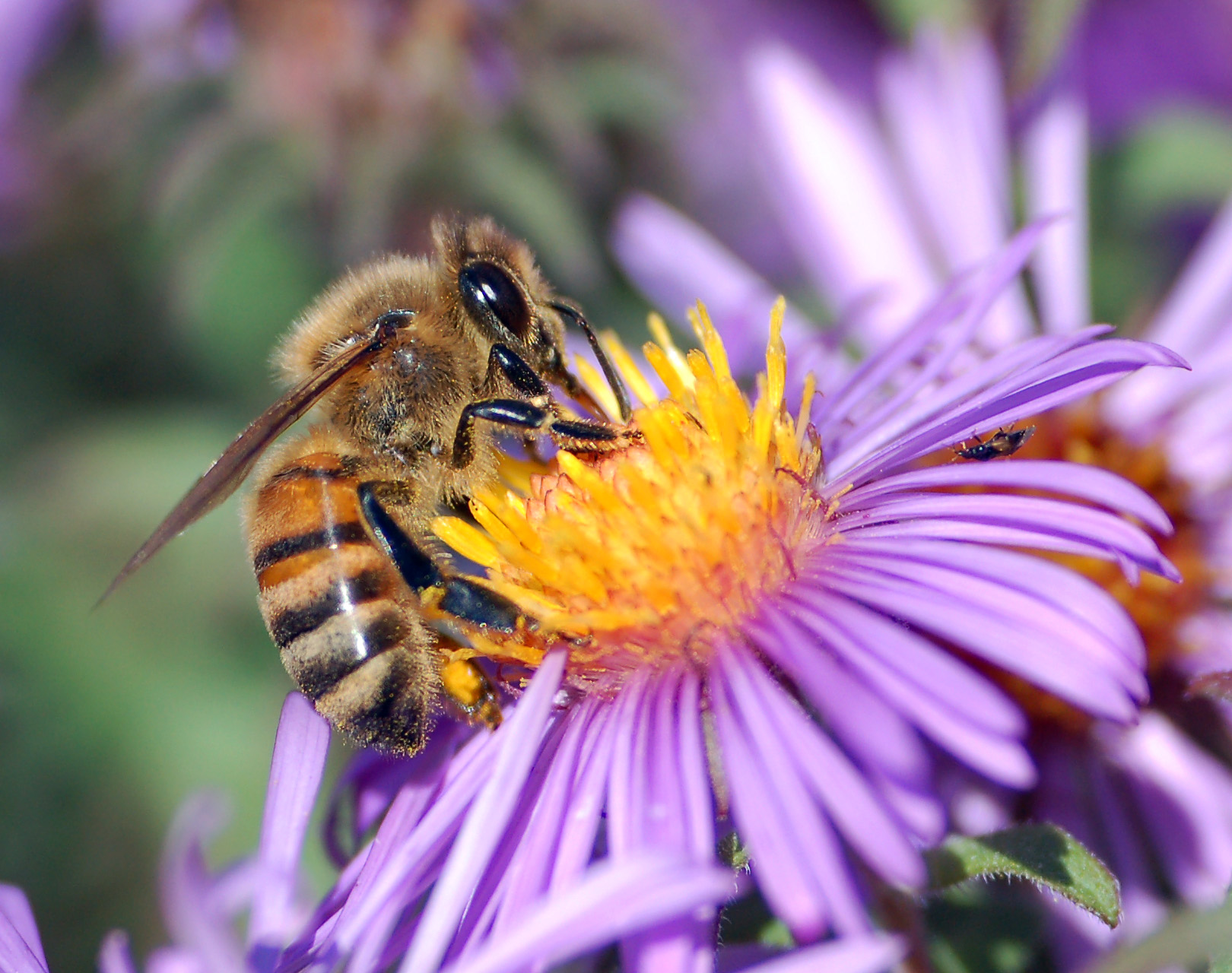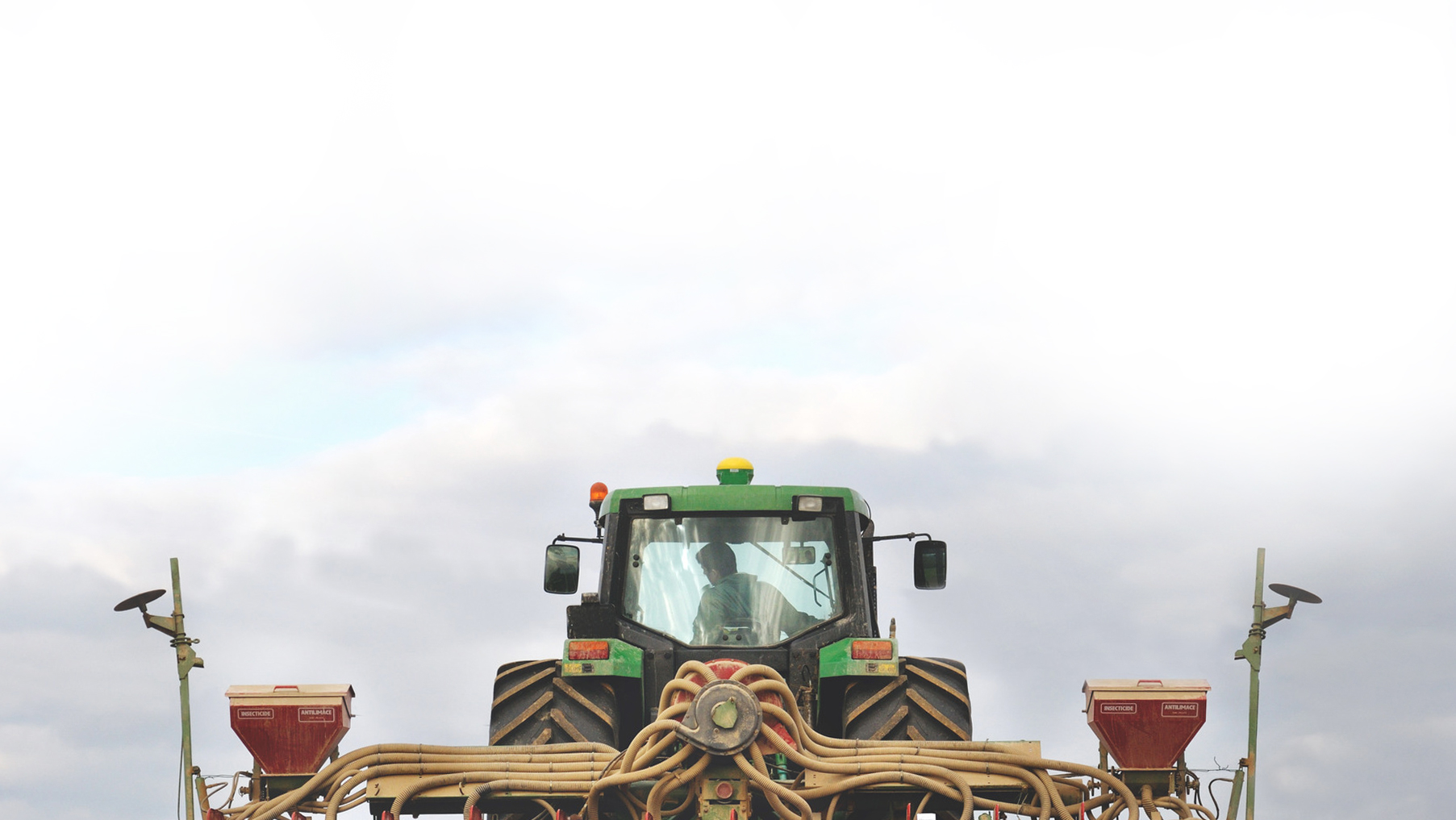
In recent years, several companies and public institutions have developed Apps for mobile devices with the goal of providing a service to agricultural consultants and producers with educational materials and support tools. There is an increasing interest in these “Ag-Apps” and the use of new technologies for increasing the efficiency in communicating and decision-making.
The articles in this issue of the Agronomy eUpdate provide a brief summary of the current status of Ag-Apps.
Note: Most of the Apps presented in this series of articles are free to download. Before paying for any App, please check online reviews or consult with any specialist working with that App in order to understand the benefits in using it and how it can assist you in your daily farming operations. As a general rule, an App needs to be “easy to use” and “intuitive.” Most Apps do not come with a user guide or a manual. Take all these points into consideration before downloading and using Apps.
I group Ag-Apps into the following nine classifications with the goal of dividing Apps by their different uses and purposes:
Ag-Apps classifications:
1. ID Apps: For identification purposes (weeds, insects, diseases, and nutrients)
2. CALC Apps: For calculating purposes (nutrient removal calculations, tank mixes, volume to spray, etc.)
3. ECON Apps: For checking grain prices, market evolutions, fertilizer price trends, news and finances.
4. SCOUT Apps: For scouting purposes or for geo-positioning (soil sampling, recording notes, soil types, etc.).
5. GUIDE Apps: For diagnosing crop production issues in the field, primarily related to field guides (crop management: insect, disease, weed, and more).
6. LIVESTOCK Apps: Apps related to the animal side, nutrition, health, and information on markets.
7. MACHINERY Apps: Apps for associated with agricultural equipment preparation, inventory, providing information of the machine.
8. GAG Apps: GAG (general Ag-Apps) for general use, weather-related, for meetings, for reading magazines, among several other Apps’ properties.
9. NON-AG Apps: For general use from e-readers to calculators, email, calendar, picture editing, and more.
In summary, there are several different Ag-Apps with diverse applications and unique features that can assist key stakeholders in the farming decision making process.
I will continue updating the list as soon as more Ag-Apps are becoming available. Stay tuned for the Ag-Apps coming from our KSUCROPS team and the K-State Department of Agronomy!
ID Apps for agriculture
These Apps are primarily utilized for identification purposes. This category can be sub-divided into different topics:

A) Weeds
B) Insects
C) Diseases
D) Nutrients
A) Weeds ID
These Apps can help identify a weed, or search for weeds by name, region, or appearance. Ag Weed ID (FarmProgress), ID Weeds (University of Missouri), Weed Spotter (Bayer CropScience), and the weedalert.com are good for weed ID purposes.
B) Insects ID
The Western Bean Cutworm Speed presents a visualization tool for western bean cutworm eggs in diverse stages (University of Nebraska-Lincoln). The Aphid Scout (University of Nebraska-Lincoln) provides a visualization of aphid infestation at the leaf level. The Pestbook App (Dupont) offers a compendium of various insect pests and beneficials.
C) Diseases ID
This category highlights Apps specific for diseases either in a single crop, such as the Soy Diseases App (South Dakota State University) or for multiple-crops, such as the BASF Cereal Diseases App and the Crop Diseases App (GRDC, Grains Research & Development Corporation). The IPM toolkit (University of Wisconsin) is broader than simply for diseases ID alone. It also includes a list of Extension activities such as meetings, publications, videos, and news (highly recommended!).
D) Nutrients (and more)
This section highlights Apps for nutrient deficiency ID purposes and Apps containing information related to nutrient effects on crops. Within this category, the Crop Nutrient Deficiency Photo Gallery App from the International Plant Nutrition Institute (IPNI, $5) and the new “Canola Starter” (no charge) from Oklahoma State University, with information on the “safe”
fertilizer rate based on salt level, are worth downloading.
Calculation Apps for agriculture
These Apps are primarily utilized as support tools and for calculation purposes. This category is sub-divided into:
A) General Calculators
B) Crop Production
A) General Calculators
These Apps include a way to calculate the optimum
fertilizer N rate, silage moisture cost adjuster, maturity date predictor based on tassel date, grain yield estimator, tank mix calculator, and crop nutrient removal, among others. The TankMix App (Dupont) and the nutrient removal App “PlantCalc” from the International Plant Nutrition Institute (IPNI) can assist in making quick decisions in the field. Still, always make sure to check with your crop consultants, Extension agents, and Extension specialists because this information varies depending on soil types, crop yield potential, and environments. The Manure Valuator (University of Arkansas) is an App that provides assistance in valuing the nutrient content of manure.
B) Crop Production
This section highlights Apps related to crop production issues and planting management. The Kansas Wheat Yield Calculator (Kansas Wheat Alliance and K-State Research and Extension) and the Corn Advisor (University of Arkansas) Apps both are very useful Ag-Apps. The Kansas Wheat Yield Calculator allows making yield estimations at different growth stages and in several areas of the field. The Corn Advisor App has different features such as calculating lime and nutrient rates, identifying nutrient deficiencies, diseases and insect pests, and providing information about control practices. Extreme Beans is a useful App for calculating soybean seeding rates and for understanding the effect of diverse management practices on maximizing soybean yields. Planting Population from Ag PhD is a good App for estimating planting population.
 Economic Apps for agriculture
Economic Apps for agriculture
These Apps are related to agricultural news, weather, and grain prices. There are several Apps that offer weather, markets, news, and grain prices all in one App. Among some of my favorites are DTN/PF (Progressive Farmer), AgWeb, and CVA Coop. To search for the best cash grain prices, Growers Edge and the Cash Grain Bids (AgWeb) are very helpful. Using these, farmers can identify the closest location and the best price for selling grain. To develop some economic budgets for your farming operation, check the CE Budgets App from the Division of Agriculture, University of Arkansas.
Scouting Apps for agriculture
This section pinpoints Apps that can assist farmers in preparing maps, taking soil samples (geo-referencing the sampling points), calculating areas, measuring distances, and getting information about the soil type, among several other features. The ConnectedFarm Scout App is useful for preparing maps, scouting, and geo-positioning points within your field. The ArcGIS App is very useful for calculating areas and distances within your field or for determining the final size for a plot area for research purposes.
Field Guide Apps for agriculture
These Apps compile information from several production topics such as soil fertility, weeds, insects, diseases, crop management, calculators, and more. The Corn and Soybean Field Guide (Purdue University) is a very useful App. The fplants App portrays diverse forage species and provides a guide to forage ID. The HortPlants (University of Arkansas) App provides an extensive photographic catalogue covering many plants of the Mid-South, such as trees, vines, ground covers, shrubs, and ornamental grasses, among others. A new App from Oklahoma State University (FieldGuide, Dr. Arnall) is worth downloading, with information on nutrient removal, deficiency ID, nutrient demand, and fertilizers.
Livestock Apps for agriculture
These Apps relate to animal management. ThermalAid (University of Missouri) is an App that uses live weather information to determine if livestock may be affected by heat stress. The iHerd App helps simplify herd management and the traceability of the stock (for property managers). The Cattle Market Mobile is an App that provides information on current auction prices to assist producers around the U.S. (with state-by-state information).
Machinery Apps for agriculture
These Apps relate to farm equipment. The MyShed App from Case-IH is an excellent example of customer service using the new technology; users can find parts faster for CASE-IH equipment. JDLink is an App for those who have John Deere equipment, with information on how to optimize the use of the equipment. The Machinery Sizing App from K-State (only available for Android) helps users quickly estimate the necessary tractor horsepower to pull various implements.

General Agriculture Apps
These Apps present overall information about agriculture and related areas (such as weather information). The Crops & Soils App presents Crops & Soil Magazine in an electronic format. The Kansas Soybean Commission has an App that provides information about the Commission.
Non-Agriculture Appsv
These Apps are general in nature, and can be utilized in several ways: scanning images and converting to PDF, calendar, calculator, storing documents in the cloud, reading PDF documents, and others.
Future KSUCrops Apps
The KSUCROPS team, a crop production team led by Dr. Ignacio Ciampitti, is currently developing two new Apps on soybean and sorghum. These Apps will be available before the 2015 growing season. SoyYIELD Calc will allow farmers to estimate soybean yields before harvest. SorYIELD Predictor is a tool to predict sorghum yields before harvest using imagery information. Both are Android Apps.
 In recent years, several companies and public institutions have developed Apps for mobile devices with the goal of providing a service to agricultural consultants and producers with educational materials and support tools. There is an increasing interest in these “Ag-Apps” and the use of new technologies for increasing the efficiency in communicating and decision-making.
In recent years, several companies and public institutions have developed Apps for mobile devices with the goal of providing a service to agricultural consultants and producers with educational materials and support tools. There is an increasing interest in these “Ag-Apps” and the use of new technologies for increasing the efficiency in communicating and decision-making.
 Economic Apps for agriculture
Economic Apps for agriculture



